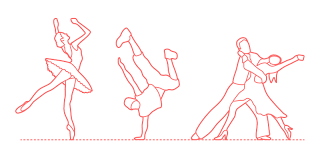This past March I finished up three years worth of coursework to complete the Unitarian Universalist Association’s Music Leadership Certification program. I’ve been grateful to have the support of this congregation as I’ve worked and played my way through.
I owe deep gratitude to Susan Peña, who served as my sponsor from UU Berks, my advisor from the Association of Unitarian Universalist Music Ministries, Bailey Whiteman and to Rev Dr Sandra Fees for playing with me over these years.
Over these past few years I have so enjoyed learning what connects us to music. Each year I was asked to develop and then refine a philosophy of music ministry. It was a time I could play with words, changing one in for another, moving a sentence, or turning an observation I had from the past year around and around until it fit better in my head.
Three years ago my philosophy started out focusing on the immediacy of music and church. Music is made in one moment in time. We are a congregation not for our walls, doors and pews but for the people that welcome and greet and connect with one another.
This is the great thing about play. It’s never the exact same twice. You’ll roll a different combination in your board game than the time before. In make-believe the story might be the same as the one you chose yesterday but today you pretend to have two dragons for pets instead of one. A song comes on the radio and the dance moves you used yesterday, well they express themselves more exuberantly today.
This year we’ve played in ways that are easier to feel as new. We’ve never had a virtual choir project before. We weren’t in the habit of recording music for worship before this past year. While we’ve used microphones in the past, the spaces we were using them in was new. And so my final philosophy of music ministry for my course work feels new.
“My call to music ministry is a call to create harmony. The practice of harmony, whether sweet or dissonant, is the act of deeply listening to one another, listening to ourselves and listening to the world we inhabit. With active harmony we communicate connection and compassion. This harmony is a practice in creating and re-creating beloved community. Over time this act is a way of finding and seeing the divine spark within each of us and core to our living faith tradition.”
So I’m hoping that we can play together, that we can dance for a long time. I’d like to ask you to play with me as our hymn #311, written by Ric Masten asks “Let it be a dance we do, may I have this dance with you…”


